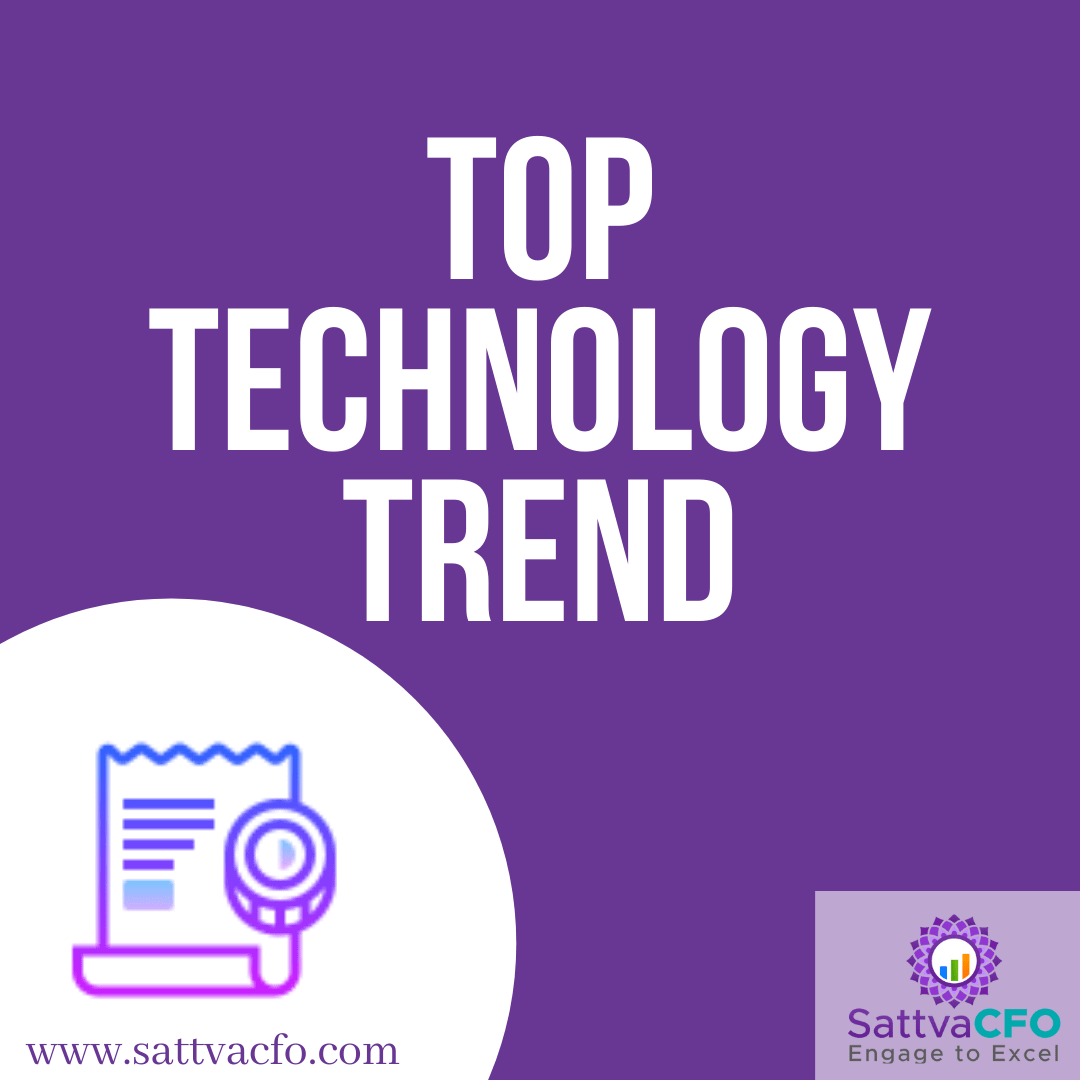Top Technology Trend
Technology changes can cause significant disruption while also presenting considerable opportunities. AI engineering, distributed cloud, cybersecurity mesh, and hyper-automation are all digital concepts that are fast maturing. This ongoing technological progress will allow the physical and digital worlds to become more aligned, giving certain businesses a competitive advantage. Top Technology Trend includes Process Virtualisation, Next Level Programming, Matured AI, Distributed Infrastructure, Next-Generation Computing, and Future of Automation.
Table of Contents
Top Technology Trend
The Top technology Trend are as follows:
Process Virtualisation
Underlying Technologies – Digital Twins, 3D-4D Printing
Disruptions: Innovative simulations and 3D/4D printing virtualize and dematerialize processes, shorten development cycles, and continue to expedite the ever shorter product and service life cycles, increasing pressurizing profits and speed strategic and operational practices are closely linked to successful digital efforts.
Enhanced Connectivity
Underlying Technologies – 5G, IoT Connectivity
Disruptions: With 5G bandwidth or bandwidth reaching as much as 80% of the world’s population by 2030, increased coverage and connection speeds over long and short distances will allow for new services such as remote patient monitoring, business models (e.g., connected services), and next-generation customer experience (e.g., live VR)
Next-Generation Computing
Underlying Technologies – Quantum Computing, Neuromorphic Chips
Disruptions: High computational capacities allow new applications such as molecular-level simulation, reducing practical expertise and testing for various applications and resulting in: disruption across industries including materials, chemicals, and pharmaceuticals and highly customized development products, e.g., in medicine.
Matured Artificial Intelligence (AI)
Underlying Technologies – Computer Vision, Natural Language Processing, Speech Technologies
Disruptions: As Al matures and continues to expand, it will allow new applications (e.g., faster development cycles and more detailed customer insights), remove work for repeated tasks (e.g., filing, preparation, and indexing documents), and support highly skilled service and talent globally (e.g., improved telemedicine and the ability of specialized engineers to work on oil rigs from the safety of land)
Trust Architecture
Underlying Technologies – Zero-Trust Security, BlockChain
Disruptions: Even as zero-trust security measures address growing cyberattacks, trust architectures help commercial entities and individuals establish trust and conduct business without the need for intermediaries; countries and regulatory bodies may have to rethink regulatory oversight and distributed-ledger technologies will lower costs and enable transformative business models.
Future of Automation
Underlying Technologies – RPA, Robots, CoBots, Industrial IoT,
Disruptions: Self-learning, reconfigurable robots will drive automation of physical processes beyond routine activities to include less predictable ones, resulting in fewer people working in these activities and a workforce reconfiguration; policymakers will be challenged to address labor displacement, while businesses will be forced to rethink the future of work.
Distributed Infrastructure
Underlying Technologies – Cloud & Edge Computing
Disruptions: Cloud computing’s widespread availability of IT infrastructure and services may reduce demand for on-premise IT infrastructure and reduce the need for IT setup and maintenance. In contrast, infrastructure democratization may help shift competitive advantage away from IT and toward software development and talent.
Next Level Programming
Underlying Technologies – Next Level IT Software
Disruptions: To make the most of the future of programming, firms will need to understand DataOps and MLOpss processes and technology as they try to scale their software development capabilities.
Cumulative Power of Technology Trends will have a far-reaching impact across the industry. Next Level Programming, Matured AI,
Distributed Infrastructure, Next-Generation Computing.





Leave a Reply